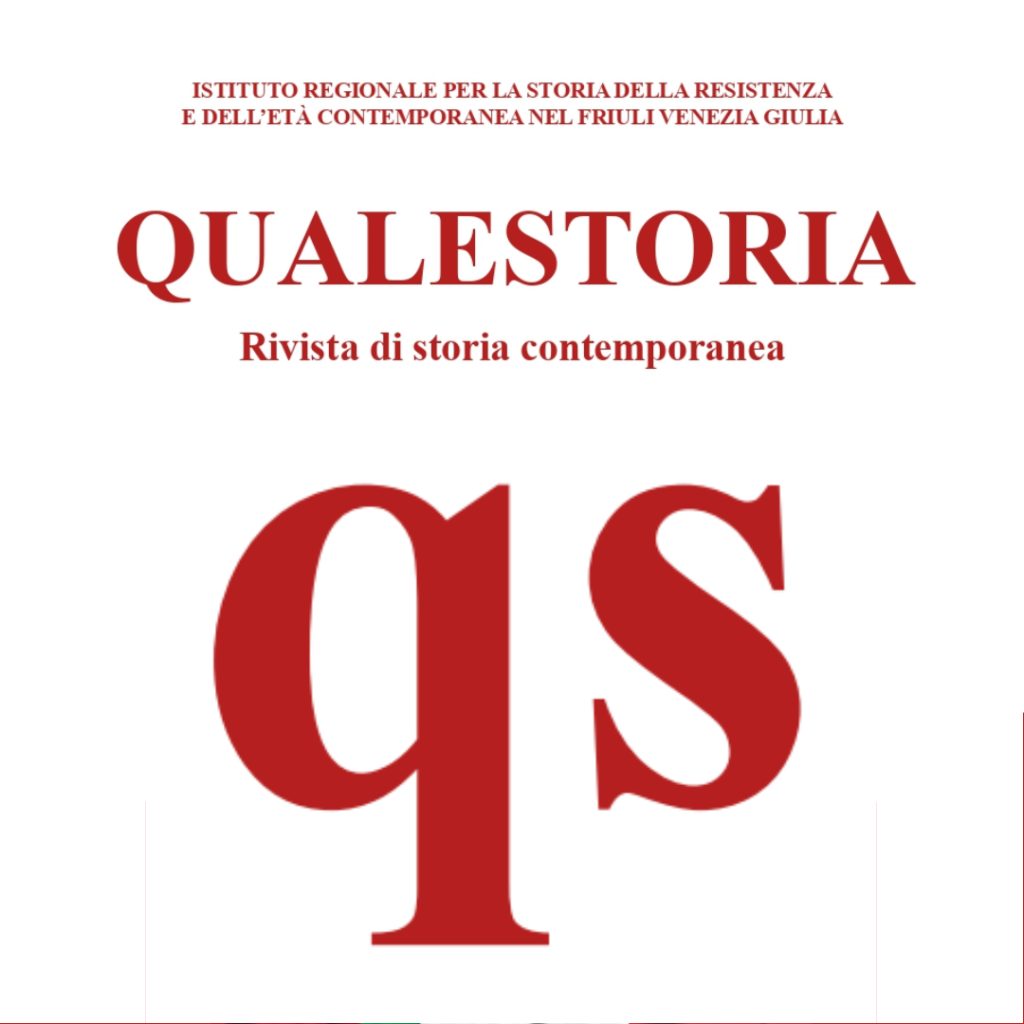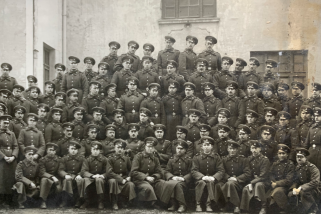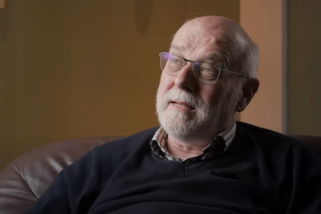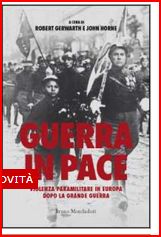Conventional Arms Control in Europe During the Cold War: New Insights From the Archives
June 16 2011, 9:30 a.m. – 11:00 a.m.
4th Floor Conference Room
Woodrow Wilson Center
Visit www.CWIHP.org for more information and to RSVP.
The strategic nuclear confrontation defined the military dimension of the Cold War, but the conventional military confrontation in Central Europe was an important dimension of the conflict which contributed substantially to the tensions between East and West.
New archival materials have become available that allow us to test the conventional interpretation of Warsaw Pact policy towards conventional arms control in Europe. They shed new light on Soviet objectives during the Mutual and Balanced Force Reduction talks as well as on the tactics used by Soviet negotiators to preserve their advantages while constraining West German military capabilities, and demonstrate that by the 1980s Soviet military leaders perceived a shift in the conventional military balance in favor of the West.
Christoph Bluth is professor of international studies at the University of Leeds. Prior to coming to Leeds, Bluth was professor of international and European studies at the University of Reading. While at King’s College London, Bluth worked with Sir Lawrence Freedman and Robert O’Neill on the four-nation Nuclear History Program, before taking up a lectureship in international relations at the University of Essex. Bluth’s research interests are in international security studies, especially nuclear weapons policies and the prevention of the spread of weapons of mass destruction, with a regional expertise in Russia and Eurasia, Pakistan, Iraq, Germany, and North East Asia (especially Korea). He is currently involved in a Leeds University initiative on terrorism and also the Korean Research Hub (University of Leeds and Sheffield). Bluth has authored numerous publications including The Two Germanies and Military Security in Europe; The Nuclear Challenge; Germany and the Future of European Security; and Security Dilemmas in Russia and Eurasia.












